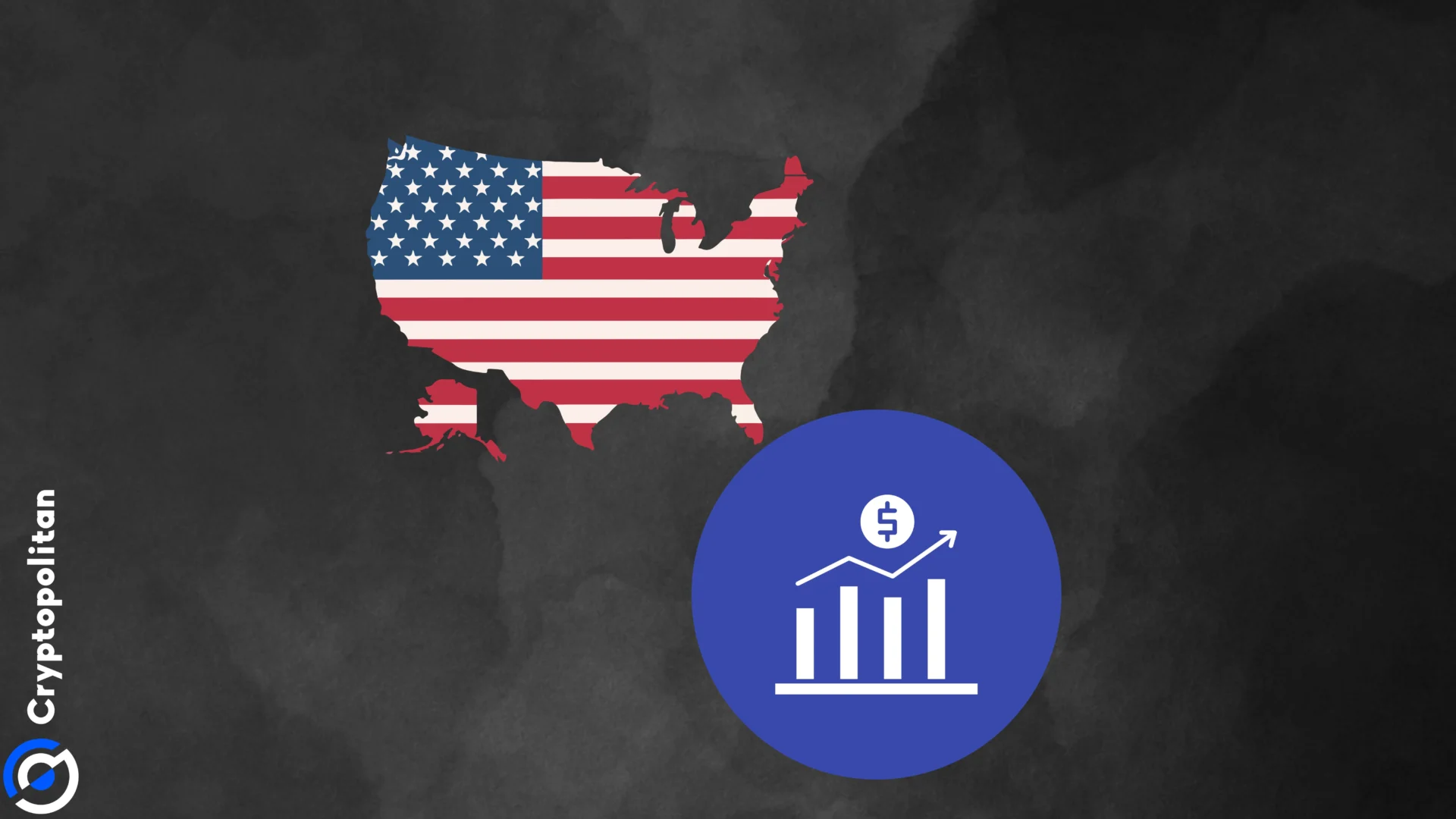
Jerome Powell, the Federal Reserve Chair, is betting on a drop in U.S. inflation as the third quarter comes to a close, offering him the reassurance needed to move forward with planned rate cuts.
Data points to the consumer price index (CPI) rising by just 0.1% in September, the smallest jump in three months. Compared to a year ago, the CPI is likely up by 2.3%, the slowest pace since early 2021.
These numbers are a key signal to Powell and his team as they try to strike a balance between inflation control and labor market protection.
Stripping out volatile food and energy prices, the core CPI, which gives a clearer picture of underlying price trends, is expected to have increased by 0.2% from August, and 3.2% from last year.
Powell has his eye on these numbers, and they suggest a quarter-point rate cut when the Fed meets again in early November.
Fed officials weigh jobs data and producer prices
Alongside the inflation news, September’s job report was stronger than expected, and that’s complicating Powell’s decision-making.
While inflation is calming down, job growth is pushing wage pressures higher. Usually, a strong labor market means inflation might rise again. But for now, Powell sees some room to breathe.
The producer price index (PPI), which tracks how much businesses are paying for goods, is also expected to show slower growth when it’s released this Friday.
A lower PPI means businesses aren’t being hit as hard by price hikes, which could help ease inflation even more.
Fed officials have a busy week ahead, with people like Neel Kashkari and Lorie Logan set to speak.
The Fed will also release the minutes from its September meeting this Wednesday, giving us more insight into their thinking.
Friday brings even more data with the University of Michigan’s October consumer sentiment index. It’s another key piece of the puzzle for Powell.
A confident consumer could mean higher spending and upward pressure on prices, but a cautious consumer could help keep inflation down.
Global central banks turn to rate cuts
Other major central banks around the world are also moving ahead with rate cuts. In Asia, both the Reserve Bank of New Zealand and the Bank of Korea are expected to trim rates this week.
New Zealand’s central bank is predicted to cut by half a percentage point as labor market weakness forces their hand.
Meanwhile, the Bank of Korea is likely to drop rates by a quarter point after seeing inflation slow to the lowest rate in three years.
Elsewhere, the Reserve Bank of India seems content to hold rates steady for the time being, though some economists expect a quarter-point cut to the repo rate by the end of the year.
And in Kazakhstan, the central bank will make a call on resuming its rate-cutting campaign on Friday.
Over in Europe, the European Central Bank (ECB) is set to publish the minutes of its September meeting, where officials are expected to signal a rate cut in the near future.
Manufacturing across the region has taken a hit, especially in Germany, where factory orders and industrial output have slumped.
France’s government is also facing budget challenges, which could affect economic forecasts.
In the UK, the Bank of England has opened the door to more aggressive rate cuts after Governor Andrew Bailey’s recent remarks.
The country’s August GDP data, to be released on Friday, will show how the economy is performing.
For America, Bloomberg economists expect the PCE core inflation, which excludes food and energy, to have grown at a rate consistent with the Fed’s 2% target.
Anna Wong and her colleagues believe that a “subdued” CPI in September, combined with a “more robust” core reading, means that inflation is heading in the right direction.
In their opinion, the CPI report is unlikely to shake the Fed’s confidence that inflation is cooling down for good.











